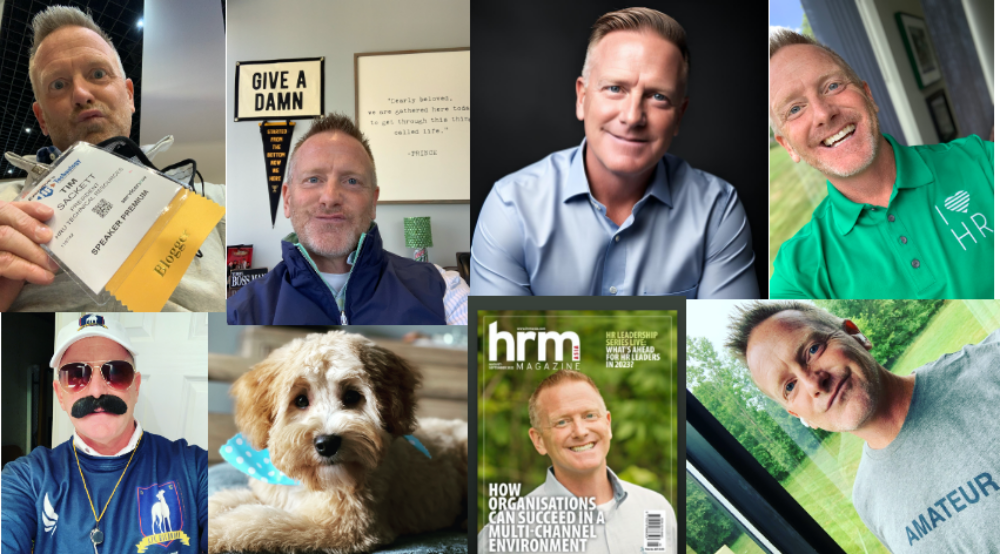You have an employee who sucks don’t you?
I know, I know, you’re wondering how I knew that, aren’t you?
Well, you came to this post and we all have employees who suck! (Dear My Employees – this is for effect — none of you really suck! Just everyone else reading this post has employees who suck.) I’ve been out on the road quite a bit lately meeting with HR pros. I meet with people under the reason ‘we can’t find talent’, but usually what I find is ‘we can’t get rid of people who suck, so we hire more people to cover up their suckiness’.
Don’t feel bad. Almost every organization I know has a problem getting rid of people who suck. We hire people. They become a part of the family. We find out they suck. Like your drunk uncle who ruins holidays, these employees are similar. You don’t stop asking your uncle to come to Christmas, and we don’t ask these employees not to come back to work. So the sucky employees keep coming to work.
We meet with them and have ‘conversations’ and tell them we need them to “step up” and “reach higher” and “give maximum effort”. What we never say is “Hey! Stop Sucking!”
We don’t do this because we’re professionals! Also, we would never allow their managers to say this, that could very well hurt the feelings of these employees who suck.
So, do you want to know how to tell an employee they suck?
Here’s 3 ways you can do it:
1. Send them a personalized cookie with the words “Stop Sucking!” Kind of like a Happy Birthday cookie, but instead replace Happy Birthday with Stop Sucking! For those really outgoing, caring HR Departments you can actually order “Stop Sucking” cookie bouquets that spells this out in letter cookies. How fun!
2. Offer FREE “Stop Sucking” tattoos, but only to them.
3. Decorate their cube or office door after they leave at night so the next day when they come to work they’ll get a big Stop Sucking surprise!
These also sound ridiculously stupid, don’t they? (except of the cookie bouquet – that’s a good one)
Almost as ridiculous as not getting rid of employees who suck and hiring additional employees to cover up for an employee who doesn’t carry their own weight…
I get it. We don’t hire employees to fire them. We hire them to productive contributors to our organizations. The problem is, sometimes we make mistakes. Sometimes our selection process fails. Sometimes we make bad hiring decisions. Sometimes the hire we thought so highly of, sucks. We usually know it right away, but we give it time, we hate believing what our gut is telling us.
Telling an employee they suck is an awesome experiment, with no downside. One of two things usually happens when telling an employee they suck. They will either realize you’re right and you can start making departure plans, or they’ll want to show you your wrong and work to demonstrate they don’t suck. For me, this has really gone about 50/50. I’m not saying that the employee 50% will stop sucking. They’ll try not to suck really hard, but at their core they suck. I love seeing the passion, many times that alone will bring them up to a performance level to at least get by, but rarely do you go from sucking to rock star.
A third thing might happen when telling an employee they suck. They won’t agree with you. That’s okay as well. It’s not their call. You’re the leader. Your opinion is what counts. If you feel they suck, they do, for you at least. Let them go and be ‘great’ somewhere else, like your competitor.
